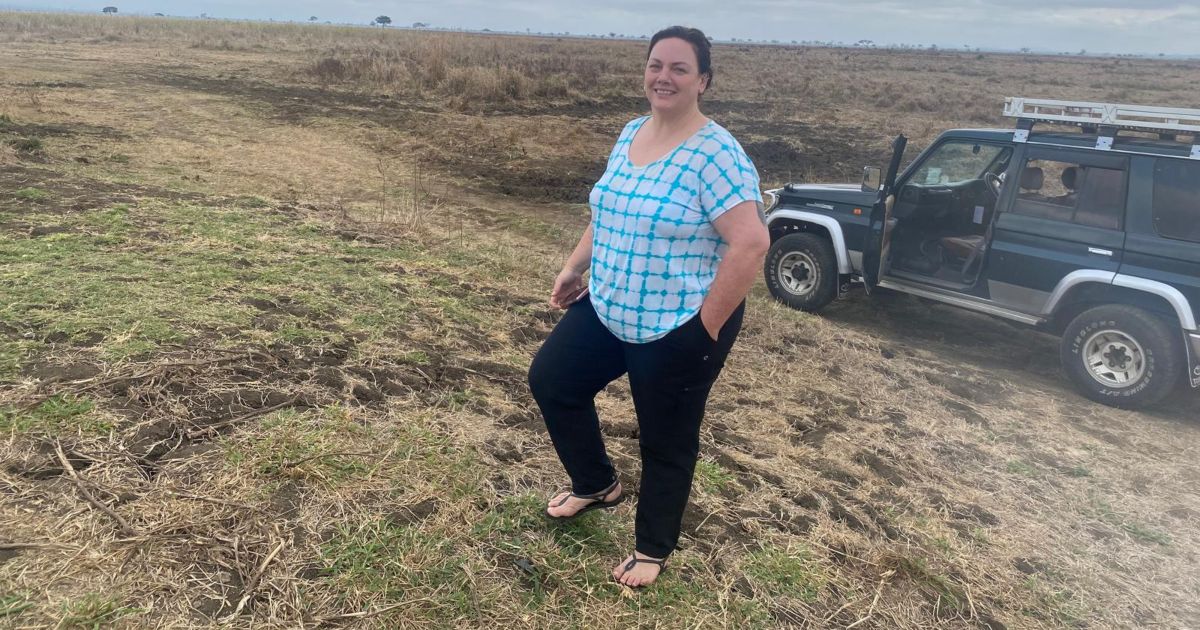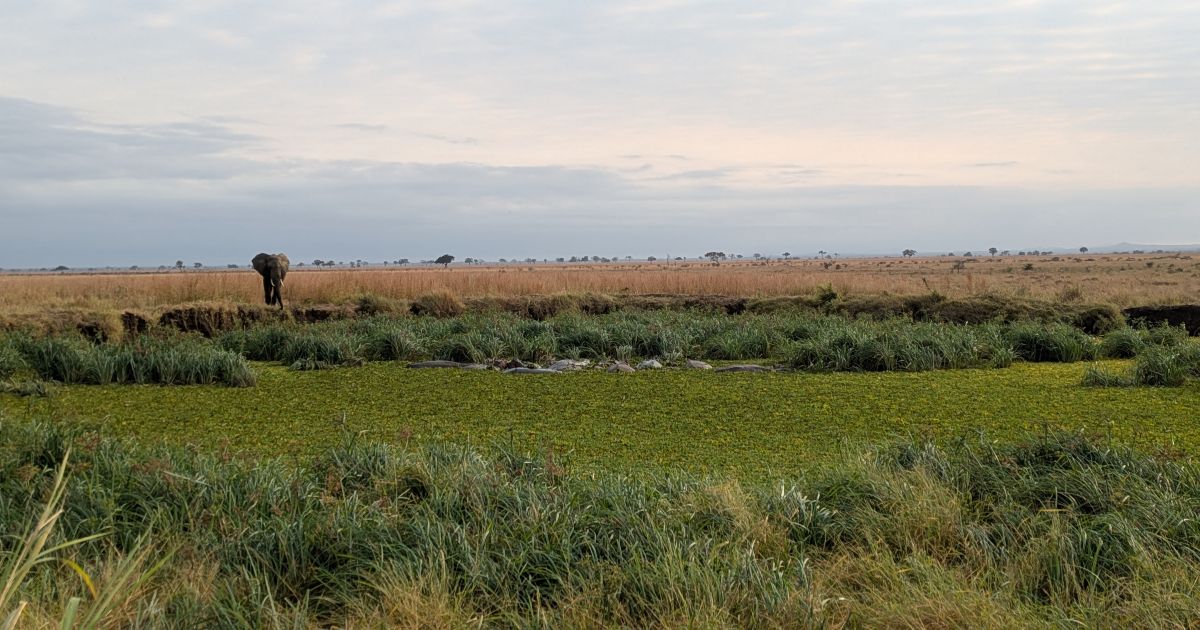The celebrity influence driving online conversations on invasive species
Mammals, especially urban pests, dominate online discourse about invasive species — with plants continuing to be overlooked.
/filters:format(webp)/filters:no_upscale()/prod01/cdn/media/stirling/news/news-centre/2025/oct-25/1200X630Waterhyacinth.jpg)
Emotional appeal and celebrity influencers play a bigger role than ecological urgency in driving online conversations about invasive species, an international team of researchers has revealed.
Researchers analysed over 500,000 tweets posted between 2006 and 2021 to examine the public discourse around invasive species on social media platform Twitter, which became X in 2023.
The team found that mammals, especially urban pests like cats, pigs and squirrels, dominated online conversation with aquatic habitats and island ecosystems frequent backdrops for viral posts, while the destructive role of plants continues to be overlooked.
Research was conducted by an international team of researchers that included Dr Zarah Pattison of the University of Stirling’s Faculty of Natural Sciences.
Dr Pattison said: “We should not underestimate the impact that individuals can have when given a platform to express their views on certain topics. These perspectives can play a significant role in invasive species management. Gaining insight into the online narrative can therefore support more effective strategies for managing invasive species.”
 Dr Zarah Pattison, Senior Lecturer in Plant Sciences at the University of Stirling.
Dr Zarah Pattison, Senior Lecturer in Plant Sciences at the University of Stirling.
Biological invasions have cost the North American economy $1.26 trillion over the past 50 years, making managing invasive species vital for both ecosystems and the economy.
The study found that cats topped the list of most-mentioned species. Despite being beloved pets, cats have contributed to 63 species’ extinctions globally and kill over a billion birds annually in the United States alone. Pigs, dogs, squirrels, goats, rats and horses were also frequently mentioned in tweets.
Plant blindness
This focus reflects what ecologists term as ‘plant blindness’. Despite plants comprising 57% of endangered species, and the fact that invasive plants can be highly destructive, they received disproportionately limited attention in online discourse.
Plants generate less than 4% of conservation funding, a disparity that social media patterns both reflect and act to potentially reinforce.
The study found that just 1% of users were responsible for 60% of retweeted content. Among the most influential voices were celebrities, politicians and activists, as well scientists and conservation groups.
Posts by figures like YouTuber Logan Paul and former Senator Al Franken sparked massive engagement around lionfish and Asian carp, respectively.
"This concentration of influence is significant," said Susan Canavan, lead author on the study and honorary researcher with the College of Science and Engineering at the University of Galway. “A small number of voices shape how millions of people understand invasive species.”
Unique opportunity
She explained that the patterns the team found have important implications for conservation communication and policy, continuing: "We had a unique opportunity with Twitter's free academic access to understand what drives public attention to invasive species at a scale that had not been done before and where the gaps lie relative to scientific priorities.”
The researchers used advanced text-mining techniques to analyse hundreds of thousands of tweets containing the term “invasive species” to identify trending topics, influential users and geographic hotspots.
Florida and the Great Lakes emerged as key regions of concern and hashtags like #ProtectCleanWater and #InvasiveSpeciesWeek helped rally support for management efforts.
 Water Lettuce, Pistia stratiotes, invading a watering hole in a Tanzanian national park
Water Lettuce, Pistia stratiotes, invading a watering hole in a Tanzanian national park
The researchers also analysed how news outlets shape public conversation around invasive species online. Articles from The New York Times and CBS News proposing edible solutions to invasive species — like turning lionfish and feral hogs into dinner — triggered spikes in online engagement. Use of vibrant language also played a role in engagement.
The researchers made the case that social media remains a vital tool for conservation. By understanding what captures public attention, the team hope that scientists and policymakers can better align their strategies with societal concerns.
Importance of understanding
"If we want to manage invasive species effectively, we need to understand how people talk about them and who's shaping that conversation," Canavan said.
“Research quantifies previously anecdotal observations about which species and narratives resonate with non-specialist audiences — and losing access to this data could leave scientists blind to public perceptions in the future.”
The study, From habitats to hashtags: examining online discussions about invasive species, was funded by the Czech Science Foundation and published in the journal Ecology & Society.
Other authors on the paper are Deah Lieurance of Penn State University; Pavel Pipek, Petr Pyšek, Ivan Jarić and Ana Novoa of the Czech Academy of Sciences; Kim Canavan of Rhodes University and University of the Free State; Kevin Healy of the University of Galway; and Emily A. Stevenson of Newcastle University.
UN Sustainable development goals
The University of Stirling is ranked among the top 200 institutions in the world for its contribution to meeting the United Nations Sustainable Development Goals (SDGs). The research or activity detailed above relates to the following SDGs.

